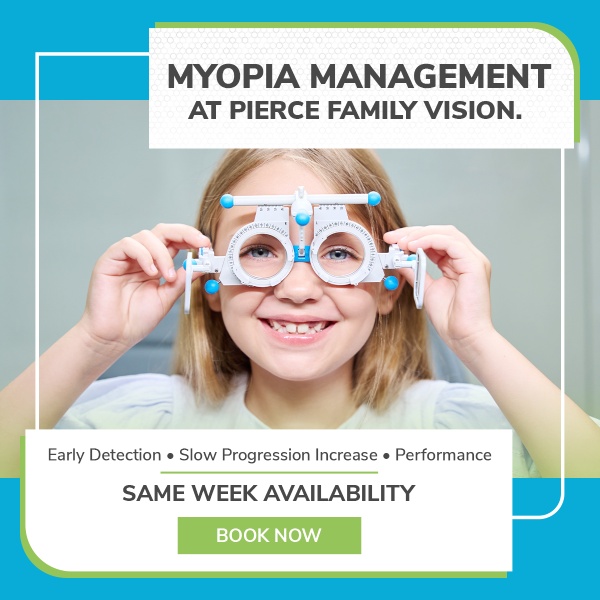When I was a kid, I thought I had super powers because I could see tiny little dots or strings that nobody else could! I even went as far as naming them (Bob and Alice)! However, I did notice that these dots/strings weren’t always there – only on a bright sunny day or if I stared at a white wall. Naturally, I asked my eye doctor about what I was seeing and was educated all about floaters. Although I was a little disappointed that I didn’t actually have super powers, I found my visual friends quite fascinating!
The floaters that I saw during childhood are known as Hyaloid Floaters. Near the back of the eye, there is a large area filled with a “jelly-like” material called the Vitreous; when our eyes are developing, the blood vessel system leaves some debris behind and we see them as these little visual imperfections. Although these floaters are harmless, some floaters can be an indication of a serious health concern and need immediate attention.
With age, that Vitreous gel-like material becomes more liquified (a process known as Syneresis) and little clumps of protein can form, creating larger floaters. Some of these floaters can be normal, however, if you notice any of the following, be sure to immediately contact your eye care professional for further guidance:
- a large sudden increase in floaters
- changes in vision
- flashes of light or a curtain/veil coming over your vision
Since we don’t have pain receptors at the back of our eye (retina), these floaters are our warning signs for a possible break/tear in the retina, retinal detachment, bleeding, inflammation and other pathological conditions (including systemic conditions).
Many of us have seen or will see floaters in our lifetime – it is important to discuss these with your eye care practitioner to determine whether they are harmless or a cause of concern.



